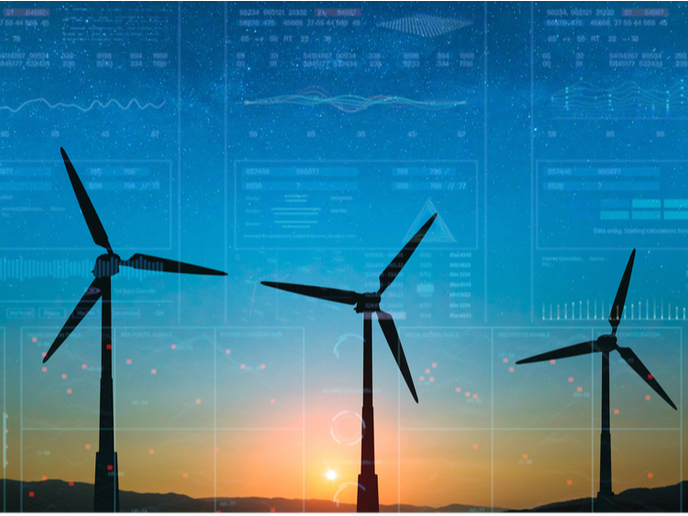Keeping wind turbines healthy using low-cost sensors
As part of its comprehensive efforts to reduce carbon emissions and stop climate change, the EU is looking for alternatives to fossil fuel-based energy production. Renewable energy, especially wind energy, is one of the sustainable solutions of choice. Wind energy production accounts for almost half the world’s generating capacity of renewable energy sources. It is both clean and sustainable but one of wind turbines’ shortcomings is their relatively short lifespan and their high operation and maintenance costs. “With a number of wind turbines reaching the end of their lifespan, stakeholders and policymakers are seeing the need for reliable life cycle assessment methods,” says Eleni Chatzi, chair of Structural Mechanics and Monitoring at ETH Zürich. “Unfortunately, because existing tools have not yet caught up with the maturity of wind turbine technology, visual inspection and offline evaluations remain the norm.” This is where the ERC-funded WINDMIL (Smart Monitoring, Inspection and Life-Cycle Assessment of Wind Turbines) project comes in. Led by Chatzi, the project is developing a more efficient and cost-effective method for monitoring wind turbines. The result is the WINDMIL Suite: a long-term monitoring solution that uses low-cost sensors to provide real-time cradle-to-grave feedback on the structure’s condition.
How to diagnose a windmill
According to Chatzi, most of today’s wind turbines feature so-called Supervisory Control and Data Acquisition (SCADA) systems. “While these systems monitor a number of quantities, including revolutions per minute (RPM), power produced and wind characteristics, they fail to provide important structural information such as damage, fatigue and deterioration,” she explains. To fill this gap, the WINDMIL project has added structural information into the wind turbine structure assessment loop. “By measuring the structural response and overall performance of the turbine, we can diagnose its condition,” adds Chatzi. “This allows us to optimally plan for its operation and maintenance and, as a result, possibly predict – if not extend – its lifespan.” The WINDMIL diagnostic and predictive module was validated via diverse data sets. These included data sets produced via large numerical simulations, laboratory data from a small-scale wind turbine mock-up, SCADA data generated from wind farms across Europe, and structural monitoring data coming from sensors installed on windmills.
New data, new results, and new opportunities ahead
As a result of a recent acquisition, Chatzi’s lab now owns a small-scale wind turbine that serves as an operational lab. “Using direct measurements of response extracted from structural components, such as the blades, tower and foundation, we are demonstrating WINDMIL’s potential for reducing operating and maintenance costs and preventing damage,” remarks Chatzi. The project remains ongoing and continues to produce new data and results. It has also spurred several follow-up and collaborative projects. For example, ETH Zürich is currently collaborating with the University of Applied Sciences of Eastern Switzerland to deliver a first-ever micro-electro-mechanical system-based surface pressure and acoustic smart measurement system for monitoring wind turbine blades. “WINDMIL has created a flourishing research direction with numerous opportunities to transfer our results into current practice,” concludes Chatzi.
Keywords
WINDMIL, wind turbines, renewable energy, climate change, wind energy







